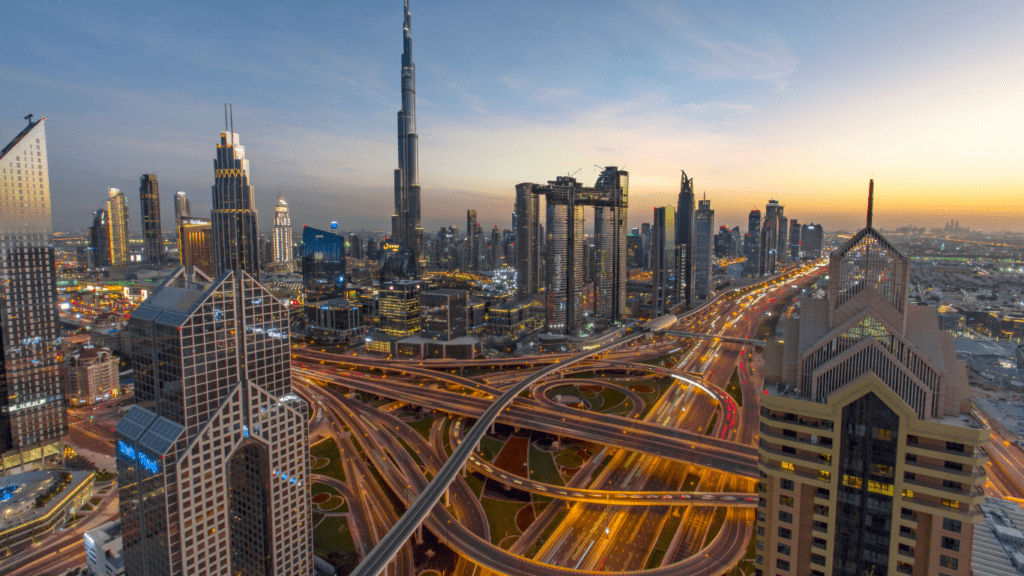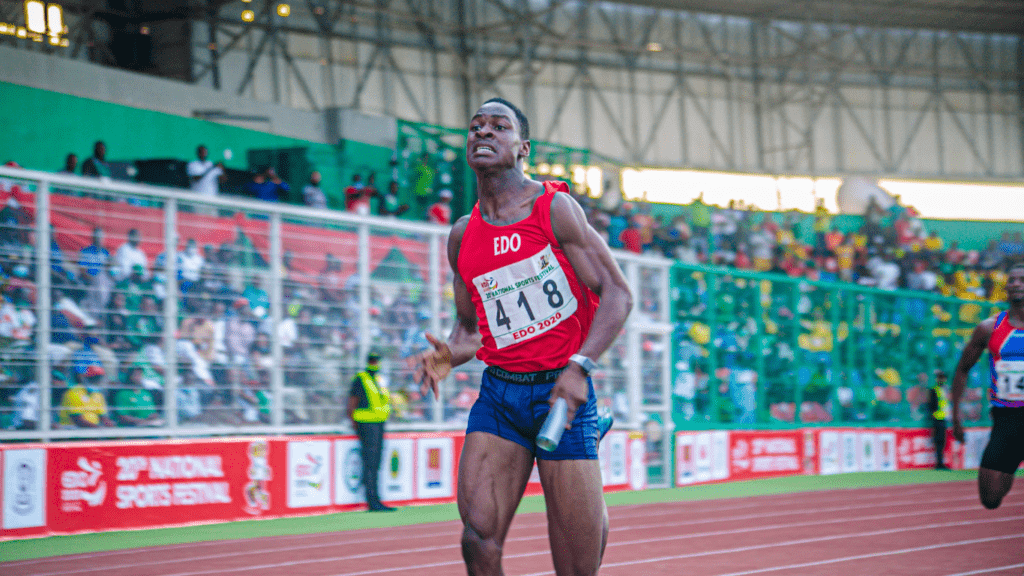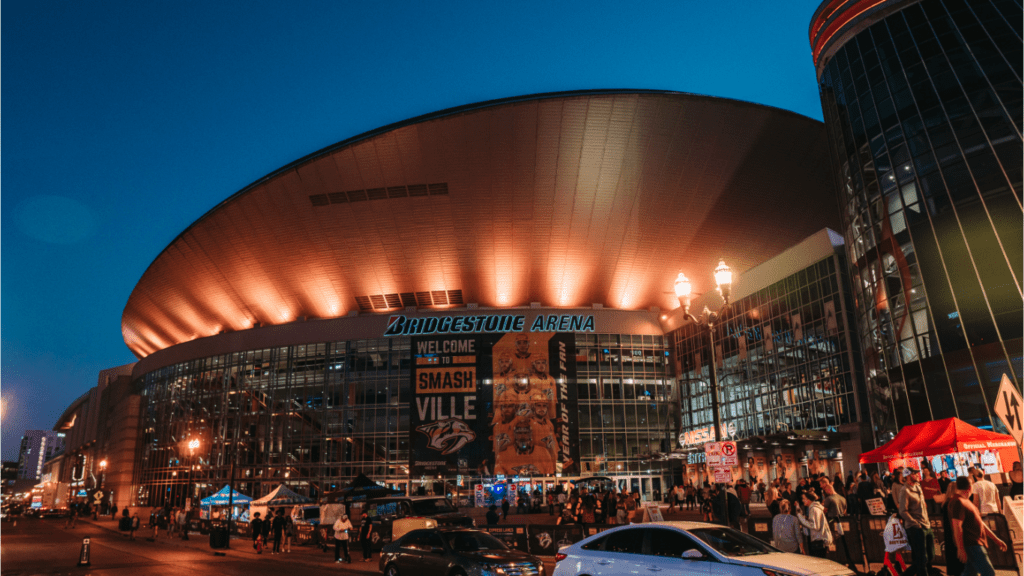Understanding Sports Tourism
Sports tourism involves traveling to participate in or watch sporting events. It’s a blend of sports and travel, which creates unique opportunities for both athletes and fans. Events range from local soccer matches to international sporting championships, drawing visitors from various regions.
The appeal of sports tourism lies in its variety. Individuals can attend annual marathons, regional tennis tournaments, or global events like the World Cup. Each event generates specific types of tourism activity. For instance, a marathon attracts runners and spectators, leading to an influx of participants and their supporters.
Local economies benefit significantly from sports tourism. Visiting fans and participants need to book hotels, dine at local restaurants, and shop in nearby stores. These activities create a surge in business for local vendors. For example, during a regional basketball tournament, nearby eateries often experience an increase in foot traffic, boosting their sales.
Hosting sports events prompts infrastructure improvements. Towns may invest in better roads, enhanced public transportation, and upgraded sporting facilities to accommodate visitors. These improvements benefit both the local community and future visitors, making the area more attractive for subsequent events.
The economic boost seen with sports tourism isn’t confined to direct spending. Indirect benefits also play a crucial role. Job creation is one such advantage. Sporting events often require additional staff for hotels, transportation, and event organization. This temporary surge in employment can help local economies thrive. For example, a city hosting an international cycling race might see a temporary increase in hiring for various service sectors.
Overall, sports tourism creates a symbiotic relationship between sports enthusiasts and local economies. This interaction stimulates growth, promotes community development, and enhances the overall appeal of hosting regions.
Economic Impact of Sports Tourism
Sports tourism substantially boosts local economies by generating revenue and creating jobs. Let’s dive deeper into its specific impacts.
Job Creation and Employment Opportunities
Sports tourism creates many job opportunities across various sectors. Hotels, for instance, need extra staff to handle increased bookings during events. Nearby restaurants hire temporary employees to meet the surge in customers. Event organizers often require additional personnel for security, ticketing, and logistics. According to the World Travel & Tourism Council (WTTC), tourism supported 330 million jobs worldwide in 2019, many tied to sports events. Communities see direct benefits as these jobs provide income and stimulate the local economy.
Boost in Local Businesses
Local businesses thrive when hosting sports events. Hotels and rental properties experience higher occupancy rates. Restaurants, cafes, and bars see increased patronage from visitors. Retail stores sell more merchandise, especially items related to the event, such as team jerseys and memorabilia. A study by the National Association of Sports Commissions (NASC) found that sports-related travel generated $45 billion in spending in the US in 2019. These earnings help businesses expand, hire more staff, and contribute to overall economic growth.
Sports tourism revitalizes local economies by creating jobs and boosting businesses, showcasing a powerful economic engine with widespread benefits.
Infrastructure Development

Sports tourism drives significant infrastructure development, enhancing local economies and community attractiveness.
Transportation Improvements
Transportation systems improve significantly due to sports tourism. Enhanced road networks decrease congestion and increase accessibility. For example, road expansions and new highways facilitate easier travel for visitors. Public transportation upgrades, including new bus routes and expanded rail services, ensure fans and athletes reach venues efficiently. According to the American Public Transportation Association, investments in transit infrastructure generate $4 in economic returns for every $1 spent, underlining the economic advantages linked to transportation enhancements.
Stadiums and Sports Facilities
New stadiums and sports facilities emerge as central to sports tourism. The construction of modern venues attracts premier events while providing community access to state-of-the-art sports environments. For instance, cities often build or renovate stadiums to meet international standards, boosting their bid potential for global events like the Olympics. These projects create jobs, stimulate local industries, and increase tourism. The International Journal of Sport Finance indicates that high-quality sports facilities enhance the spectator experience, encouraging repeat visits and prolonged stays, which further strengthens local economies.
Case Studies
Examining real-world examples highlights how sports tourism revitalizes local economies. Successful implementations and lessons from failed attempts both provide valuable insights.
Successful Examples Worldwide
- Barcelona, Spain: Hosting the 1992 Summer Olympics transformed Barcelona into a premier travel destination. The Games spurred massive investment in infrastructure, including transportation and sports facilities. The city’s economy benefited from enhanced tourism, with a reported increase in annual visitors from 1.7 million in 1990 to 7.4 million by 2017 (Catalan Tourism Board). Hotels, restaurants, and shops consistently witness higher revenue due to the sustained influx of tourists.
- Cape Town, South Africa: The 2010 FIFA World Cup had a significant economic impact on Cape Town. Investments in infrastructure, such as the construction of the Cape Town Stadium and improvements to public transit systems, facilitated long-term tourism growth. According to South Africa Tourism, tourist arrivals increased by 16% in the year following the World Cup. Local businesses reported record sales during the event, confirming the direct benefits of hosting such a global event.
- Indianapolis, USA: Known for the Indy 500, Indianapolis has effectively leveraged sports tourism. The annual race draws approximately 300,000 fans, infusing millions into the local economy. The event drives high occupancy rates for hotels and elevated sales for eateries and shops. The Indiana University–Purdue University Indianapolis (IUPUI) study found the race contributed $510 million to the local economy annually.
Lessons from Failed Attempts
- Athens, Greece: The 2004 Summer Olympics left Athens grappling with financial challenges. Over-budget projects and underutilized facilities contributed to economic strain. The Greek government spent approximately $11 billion on the Games, resulting in long-term debt (International Olympic Committee reports). Without sustainable post-event use, many venues fell into disrepair, failing to generate ongoing economic benefits.
- Beijing, China: While the 2008 Olympics showcased China’s capability, some investments did not yield expected returns. The Bird’s Nest Stadium, costing $480 million, saw limited use post-Games despite efforts to repurpose it (China Daily). This outcome underscores the necessity of strategic planning for post-event utilization to ensure long-term benefits.
- Manaus, Brazil: Hosting the 2014 FIFA World Cup, Manaus built the $270 million Arena da Amazônia. After the World Cup, the stadium struggled with underuse, failing to attract significant events or tourism (BBC News). This case illustrates the importance of aligning venues with the area’s long-term needs and capabilities.
By analyzing these case studies, I recognize the powerful impact of successful sports tourism on local economies. Equally, failed attempts highlight the critical need for effective planning and sustainable strategies.
Challenges and Considerations
Sports tourism can significantly boost local economies, yet it often comes with challenges and considerations that must not be overlooked to ensure sustainable growth and positive community impact.
Environmental Concerns
Increased tourism can strain local ecosystems. Large crowds attending sports events generate waste, leading to pollution if not managed properly. The construction of new sports facilities can disrupt wildlife habitats, as developers clear land and alter natural landscapes. According to a 2018 report from the Global Sustainable Tourism Council, improper waste management at events can harm local water bodies and soil.
Cities should adopt eco-friendly practices for waste management and facility construction to mitigate environmental impacts. Organizers can introduce recycling programs at events and encourage the use of public transportation to reduce emissions. Examples like the 2012 London Olympics, which implemented sustainable practices, demonstrate the positive impact eco-friendly strategies can have.
Community Displacement
Hosting large-scale sports events can sometimes lead to community displacement. The need for land to build new stadiums and facilities may result in the relocation of residents. This relocation can disrupt communities and create long-term socio-economic issues. The 2016 Rio Olympics saw thousands of residents displaced from their homes to make way for infrastructure projects, sparking significant controversy and protest.
Authorities should prioritize community engagement and transparent communication during the planning phases. Fair compensation and relocation assistance can help mitigate the negative impact on displaced residents. Developers can also explore alternative solutions that minimize the need for displacement, ensuring that community well-being remains a priority.
Future Prospects
The prospects for sports tourism look promising as local economies continue reaping the benefits from increased visitor influx. Advances in technology and digital media have amplified the global reach of sports events, making it easier for fans worldwide to participate and engage. Virtual reality (VR) experiences and live streaming attract audiences who might not travel physically, yet boost local visibility and future tourism potential.
Emerging markets present significant opportunities for sports tourism. Countries investing in infrastructure and marketing strategies see an uptick in international visitors. For instance, India, with its increasing focus on sports like cricket and football, anticipates a rise in tourists attending sporting events. According to the Federation of Indian Chambers of Commerce & Industry, sports-related travel could contribute over $200 billion to the economy by 2025.
Sustainable tourism practices are increasingly integral to future growth. Organizers adopt eco-friendly measures, such as using renewable energy in venues and implementing efficient waste management systems, to minimize environmental impact. The International Olympic Committee reports that recent games have reduced carbon footprints through green innovations, setting standards for future events.
Smart city initiatives further enhance the prospects for sports tourism. Cities integrate advanced technology like IoT (Internet of Things) to manage event logistics, improve public transportation, and enhance security. For example, Tokyo employs such solutions to streamline operations during the 2020 Summer Olympics, ensuring seamless visitor experiences and operational efficiency.
Developments in transportation boost accessibility to host cities. High-speed rail networks and expanded flight routes make travel more convenient for international visitors. The International Air Transport Association states that air travel capacity is expected to double by 2037, supporting the anticipated growth in sports tourism.
Long-term investments in community engagement play a key role. Authorities involve local residents in the planning process, ensuring events benefit everyone. Transparent communication and inclusive strategies can prevent displacement issues and foster community support. Creating legacy programs, where sports facilities and infrastructure continue serving the community post-event, exemplifies sustainable development.
Collaborative efforts between governments and private sectors drive the future of sports tourism. Joint ventures fund large-scale projects such as stadium constructions and tourism campaigns. Public-private partnerships can optimize resource allocation and streamline project execution, maximizing economic returns and enhancing visitor experiences.
Sports tourism’s future holds immense potential for local economies, driven by technological advancements, emerging markets, sustainable practices, smart innovations, improved transportation, community engagement, and collaborative ventures.



